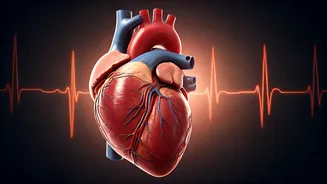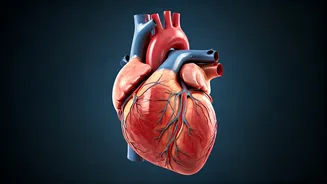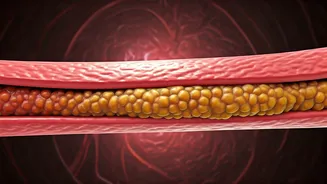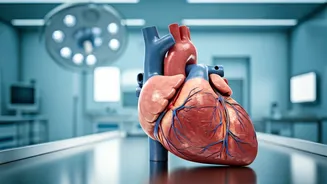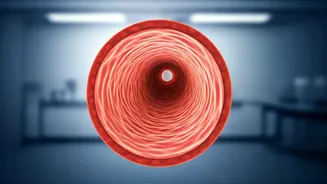Hidden Risk Factors
Even if cholesterol levels appear normal, the risk of heart problems remains. The article's core argument is that standard cholesterol tests alone don’t
provide a complete picture of heart health. Additional tests are essential to evaluate the risk, especially for those who might believe they are safe because of their cholesterol results. These tests offer critical information about the state of the heart and the presence of underlying issues. Focusing on these tests can help identify and address risks that might otherwise go unnoticed, potentially leading to earlier intervention and improved outcomes.
Test 1: Advanced Lipid Panel
An advanced lipid panel goes beyond the standard cholesterol test by measuring the size and number of lipoprotein particles. This test provides a more detailed analysis of LDL (bad) cholesterol, which is a major contributor to plaque buildup in arteries. This more in-depth assessment is important because the size of the LDL particles impacts the risk; smaller, denser LDL particles are more dangerous. Additionally, the panel can measure other factors, such as lipoprotein(a), which is linked to increased heart disease risk, even with normal cholesterol. Therefore, the information gathered from this test provides a much more precise risk assessment, guiding preventative measures effectively.
Test 2: C-Reactive Protein (CRP)
C-reactive protein (CRP) is a marker of inflammation in the body. High levels of CRP indicate inflammation in the arteries, which is a key factor in the development of heart disease. Chronic inflammation can damage the artery walls, making them more susceptible to plaque buildup. This test helps identify underlying inflammation that can contribute to cardiovascular problems, even if cholesterol levels are normal. Elevated CRP levels can signal the need for lifestyle changes, such as improved diet or increased exercise, or further medical investigation to address the inflammation and reduce the risk of heart problems. This is a critical indicator of silent, underlying issues.
Test 3: Calcium Score
A coronary calcium scan measures the amount of calcium in the arteries of the heart. Calcium buildup is a sign of plaque accumulation, and the higher the score, the greater the risk of a heart attack or stroke. The scan uses a CT scan to create a detailed image of the coronary arteries, allowing doctors to detect and quantify calcium deposits. A higher score means there is a higher probability of needing medical interventions, like lifestyle changes, medications, or, in severe cases, interventions. This is a direct measure of atherosclerosis, providing a very clear picture of artery health, and aiding in precise risk assessments.
Test 4: Lipoprotein(a) Test
Lipoprotein(a), or Lp(a), is a type of LDL cholesterol that carries a specific protein. Elevated levels of Lp(a) increase the risk of heart disease and stroke because Lp(a) can contribute to plaque formation in the arteries. This is often an underdiagnosed risk factor, and elevated levels are frequently linked to a genetic predisposition. Once elevated, the condition can't be readily managed with diet or lifestyle; therefore, checking Lp(a) is an important part of a detailed heart health assessment. The identification of elevated Lp(a) levels helps guide treatment strategies and risk management.
